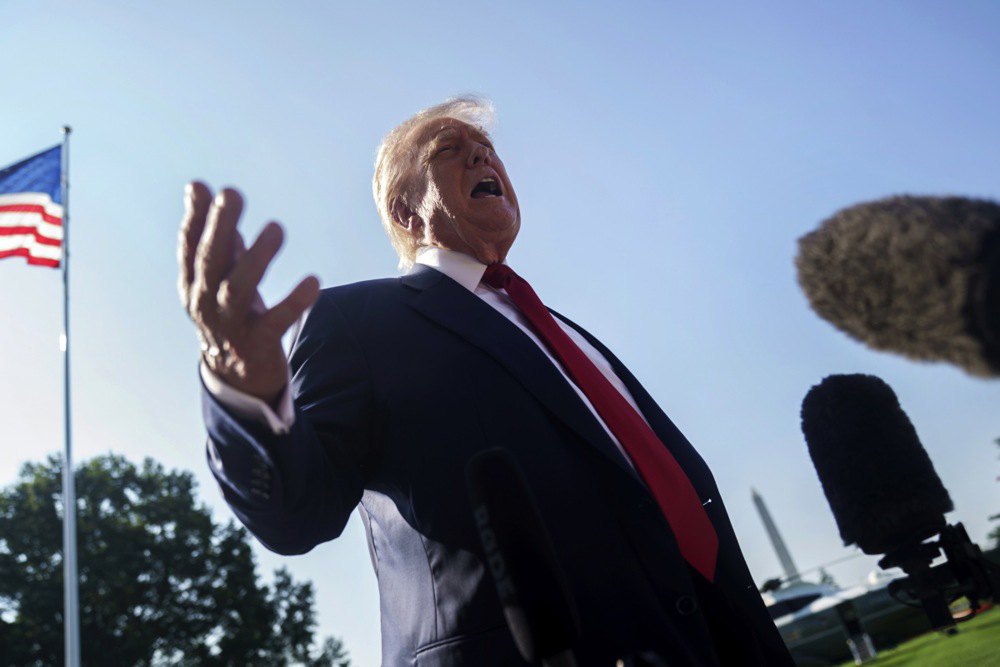
Donald Trump is also starting to threaten Vladimir Putin, shortening the deadlines for reaching a ceasefire. Dmitriy Medvedev, in response, threatens the U.S. with war — physically, the Kremlin officials are not capable of squeezing out anything other than claims that all the goals of the “special military operation” will be achieved.
Moscow, evidently, is not pleased with the return of over a million veterans who will ask: where are the “Armata” tanks, the “Peresvet” system, and whether the ruins of Avdiyivka are worth hundreds of thousands of wounded and dead. Also, the economy will collapse under any scenario — years of war will inevitably come with a heavy price.
Meanwhile, Europeans declare that the new U.S. administration is emerging from dormancy. Presumably, they understand that globalization has reached a level where you cannot hide behind a big, beautiful ocean. And European money has no smell.
What will this mean in practice? The State Department has approved the sale of two weapons packages — a Hawk phase III battery for $179 million and Bradley infantry fighting vehicles for $150 million.
Hawk phase III is a relatively inexpensive and effective hunter of loitering munitions and cruise missiles in depth — a point air defense system.
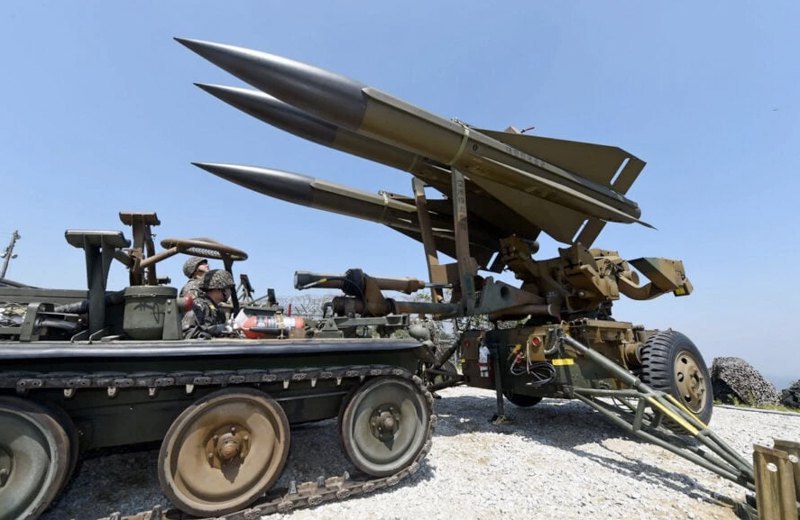
The Hawk SAM system no longer competes well against modern aircraft equipped with electronic warfare pods, guided bombs, and anti-radar missiles, partly due to the relatively long repositioning time of its fixed launchers.
However, it is perfectly suited against “Shahed” drones and modified anti-ship missiles used to strike cities.
This is good for us because Hawk uses radio command guidance — it can arrange a remote detonation of a powerful and heavy missile to shred drones into fragments, freeing more maneuverable systems for protecting tactical rear areas.
Phase III features an upgraded radar capable of detecting targets in a single scan without continuous emission (which increases survivability) and the capability to engage multiple targets simultaneously, including those flying low.
Unfortunately, this is not the latest upgrade against ballistic threats, but given our conditions, we have to make do.
Over 25,000 Hawk missiles were produced. Stocks exist in Taiwan, Sweden, Israel, Romania, and Greece.
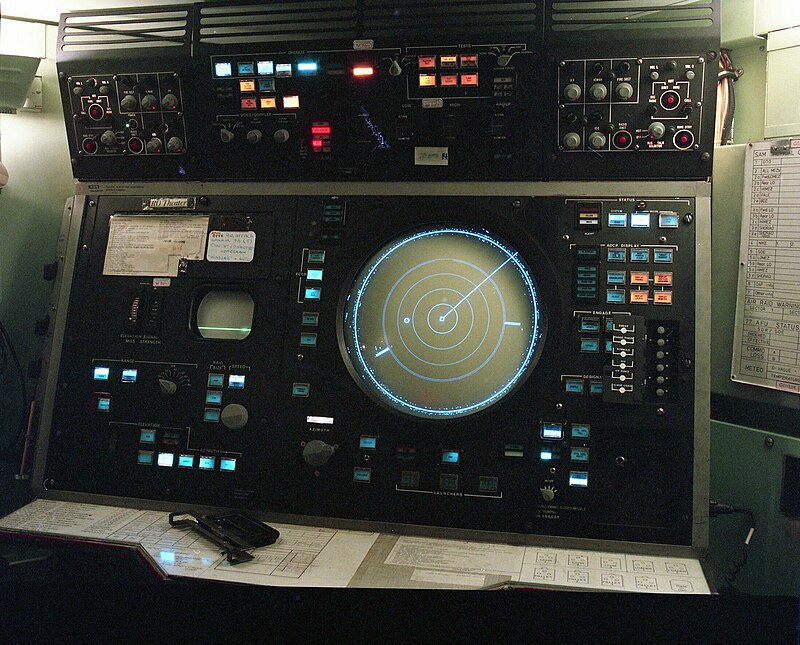
Greece has the material base and expertise to repair these systems — they are upgrading their batteries to the latest iteration, and a Greek contractor is in the supply chain to Kyiv.
Overall, the U.S. has resumed the race — delivering air defense means, palliative systems, and so forth against “Shahed” and cruise missiles.
Presumably, all surplus stocks and batteries being phased out worldwide will be sent to us. This is profitable — modernization, logistics, and training rather than disposal.
And let Russia invest currency in kits for loitering UAVs, electronics, machinery, and production lines — we use thousands of Western missiles with expiration dates, especially funded by leading EU economies.
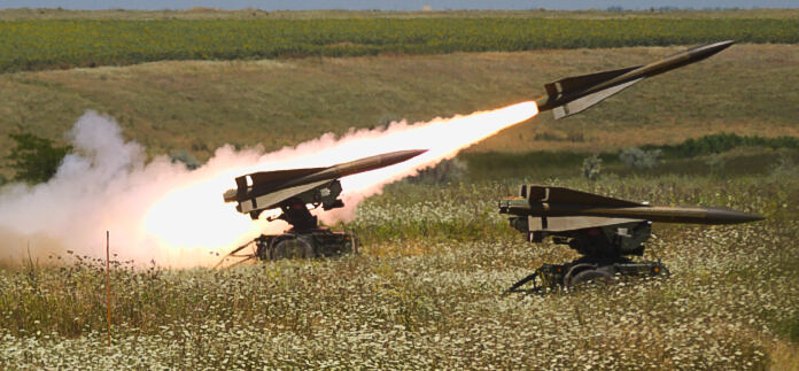
It’s also clear with the Bradleys — despite the creation of kill zones, the enemy’s development of Vampire analogs, and fiber optics, there is no alternative to mechanised assault and there won’t be one.
Any advance on buggy or motorcycles is extremely bloody and slow — a mechanised company is unmatched in striking power. You just need to consider the third dimension, adjust artillery fire using constantly operating drones, and coordinate with short-range air defense against drones.
Moreover, resupply, evacuation, deployment of anti-drone teams with MANPADS, shotguns, and backpack EW systems — all this is better done in well-armored, thermal-imaging and navigation-equipped vehicles.
The average price of this IFV is about $2 million, so along with ammunition, repairs, and spare parts, a significant quantity is coming to us.
Repairs, modernization, and supply of spare barrels for artillery and air defense have resumed — Washington seems to savor the opportunity to supply for money.
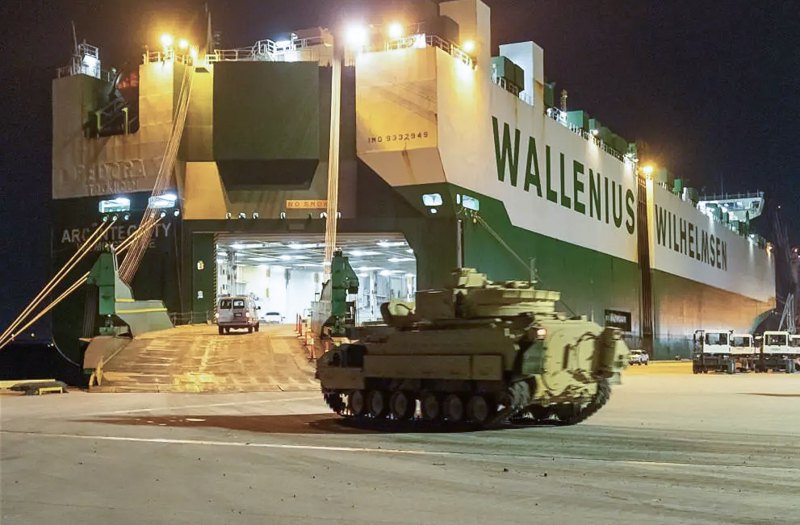
$10 billion from the EU for American weapons will most likely go towards air defense systems, interceptors, counter-“Shahed” means, and tactical missile systems — things Europe cannot provide in quantity here and now.
This is likely the reason, along with threats of increased U.S. sanctions on anyone building sanctions circumvention, behind Lavrov’s statement that Russia is fighting without allies for the first time in a century.
This is a clear signal: Russia has no real allies like Juche or Iran, did not hold the BRICS forum here, did not break blockades, and is not prepared to fight for 30 years. An obvious foreshadowing of future events that Russia will find uncomfortable.
It is clear that despite tactical advances, Moscow cannot strategically defeat us. And waiting under the blows of long-range drones and billions in weapon supplies becomes ever more painful. The occupied territory is literally pulverised ruins, without people or infrastructure. Money and resources are being poured into dry ground.
Continuing this war is sheer madness. Events will accelerate — obviously, no raids by sabotage and reconnaissance groups (DRG) to Pokrovsk will lead to a front collapse this summer. This means either mobilization in Russia and a slide into massive Juche-like isolation, or retreat and acceptance of reality.







